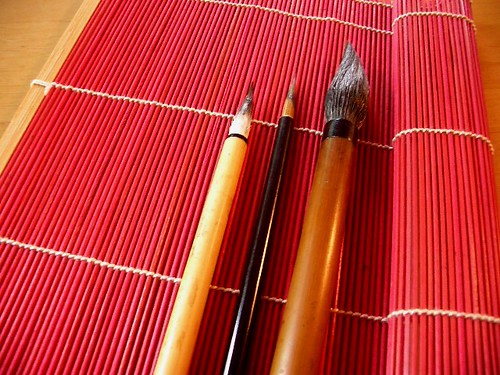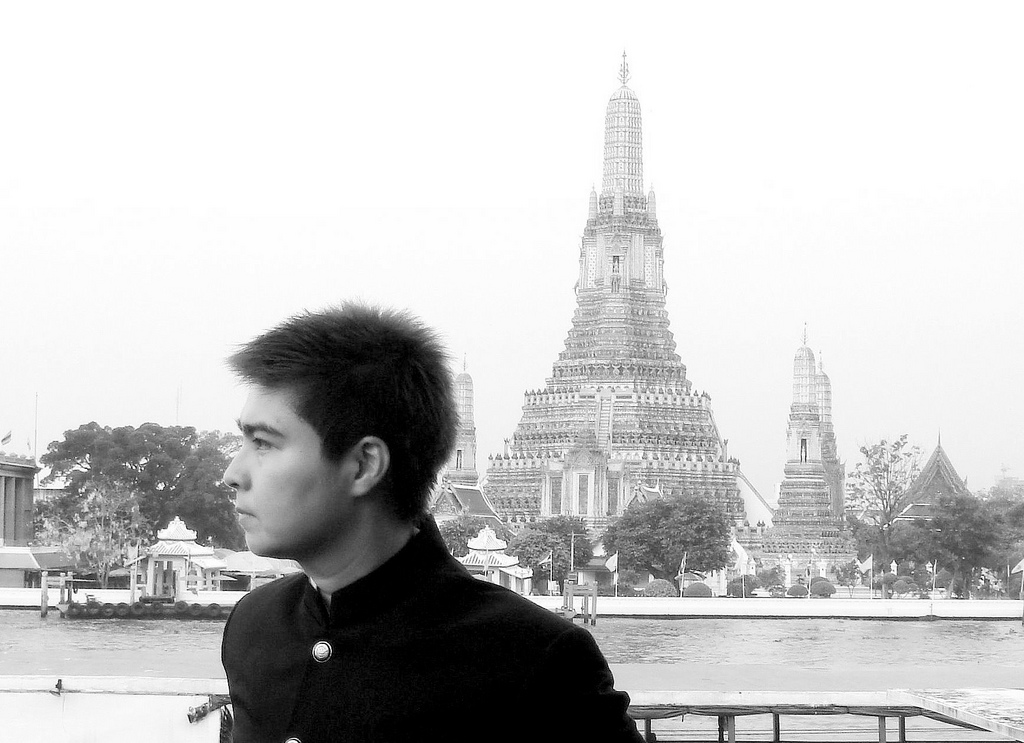
Even in a more peaceful socio-political environment, city dwellers are likely to feel the need to get away from it all from time to time. This is because we humans are wired to be right at home among nature. Therefore, when the need to "get away from it all" rises, it simply means that our body and mind are sending us a signal that it is time to return to nature.
This explains why people who try to get away from it all by simply shifting their attention to something else other than their daily routine such as by going to movies, or, worse yet, casinos, never feels refreshed or well-rested during their break from work.
While spas are abundant in any cities nowadays, what humans really need goes well beyond some exotic body treatment. Even the brief sitting posture at the end of a yoga session in your spa visit can not bring forth the sustainable peace born out of wisdom that our mind desperately needs.
What we need is a complete treatment of body and mind that goes far beyond relaxation and rest. Ironically, many holiday-makers, adult and children alike, do not realise that they are not "getting away from it all" at all. Rather, they simply change the place of doing their regular activities. Think about long driving, eating, checking emails or surfing the web on the notebook or phone they brought along, or watching movies on portable DVD players and, for children, playing electronic games.
Considering this, those who opt for a hike or trekking in the wilderness would probably get more rest out of their adventurous activities. The secret is, it is the mind that tells us if we feel relaxed or well-rested. Although, at face value, those hikers' choice of getaway may seems a bit harsh such as sleeping in a tent in a forest, they are the ones that emerge more satisfied from their wholesome holiday.
Even when the trekkers' only "entertainment"consists of trekking along a bubbling creek, listening to various soothing sounds of nature, breathing in fresh air, or taking a plunge in a tiny, virgin pond at the end of a hidden waterfall, they would have sworn that it beats the superficial, temporary pleasure derived from being glued to any electronic devices any day.
If electronic devices need a recharge of battery, so do we. We need to come out of our holiday refreshed and brimmed with positive energy to take on the various responsibilities in our life.
There will be times for all of us when simply going away to a popular commercial resort would not do the trick to make we feel completely relaxed. While it is true that the body gets fresher air, exercise, or enough sleep, the mind still continues its usual day-long workload. Even if those people argue that they really rest their mind by "not thinking of anything", they would be surprised to find it is quite the opposite from what they think.
Unless the mind is trained in mindfulness technique, we would never realise that it is the nature of the mind to work non-stop. Without mindfulness technique, we would not be able to detect how thoughts come about and go. More importantly, we would never realise that thoughts are the number one cause of exhaustion and suffering in our life.
In fact, those who can achieve the mental power of being able to rid themselves of thoughts, completely and at will, are the Enlightened ones only.
If it is the nature of the mind to work non-stop, how best could we put the mind to work for us so that we could achieve the much-needed rest?
The answer is: we all need a mindfulness meditation retreat among nature to be able to tame our thoughts and train our mind to simple relaxation techniques that we can continue to use throughout our life, during holiday or otherwise. Mindfulness is a practice so complete that it would open your eyes to the nature of things, no pun intended. This very wisdom would in turn create a sustainable peace for both the body and mind.
When the mind relaxes, the body would also be free of stress. And, even if the body is in trauma such as grave illness, if you know mindfulness technique, you would not be disturbed by the physical discomfort. This explains why many people can smile through their intense pain calmly. This, dear readers, is the skill we need when we would finally be staring death in the eyes.
While it is true that there are many urban centers offering mindfulness courses all year long, it can never measure up to a practice among nature. First, imagine a mass retreat with 400-600 participants around you in a large air-conditioned hall in a city building where all kind of worldly chats erupts during breaks or when you are back to the room you share with others to try to get some rest.
Now, imagine a smaller group, perhaps one-tenth of that urban class if not less, practicing quietly in a pavilion among a little forest and a pond where various types of fish swimming leisurely among the lotus bloom. Imagine the tranquil time you can get intimate with nature, free from any disturbs of others due to the strict and effective reinforcement of the "noble silence" rule. Now, you get the picture.
It is not that you should say goodbye forever to your yoga or tai chi classes or the usual aerobics type of exercise such as running or swimming. Those exercises do promote health which is the foundation of everything in life, mindfulness practice included. But, as we discussed earlier, the body is only a part of the whole equation. In fact, it is the smaller part. Once you know how to give the mind the attention it deserves, you would never feel deprived of total relaxation again.
If the incentives for going to a mindfulness meditation retreat among nature are not enough to convince you to do it for your own sake, think of it as you are doing a great service for the society. Mindful citizens are ideal citizens, as Lord Buddha would have confirmed to you. And, looking at the socio-political-economic environment of Thailand at the moment, we need mindful people now more than ever. Think of it as killing two birds with one stone - you get the total relaxation you need, the country gets sustainable peace. Not bad, isn't it? After all, peace starts with the mind. Yours, that is.
Until next week, let us stay mindful.









